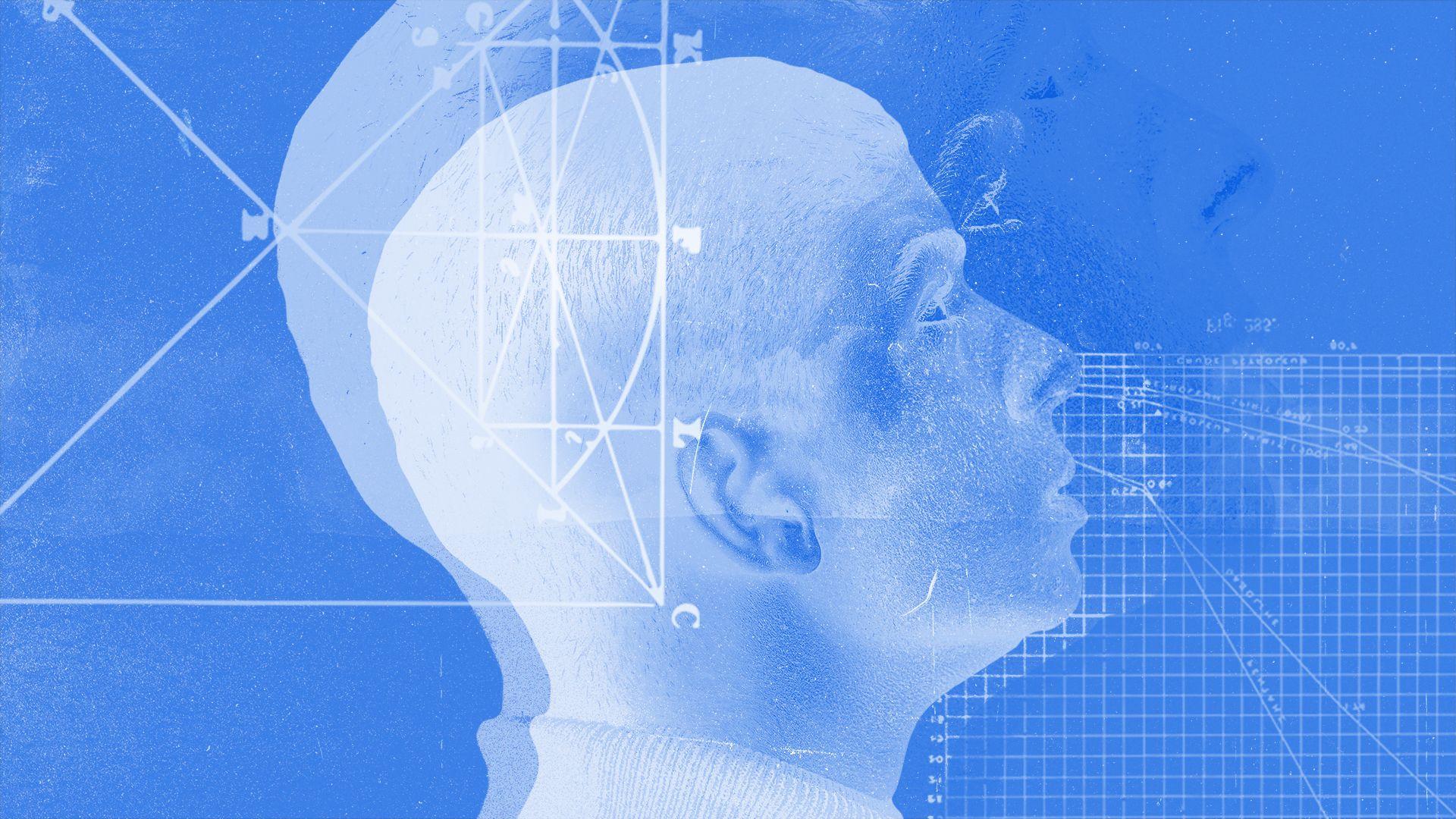How we react to smells could unlock how we form conscious thoughts
New research into how our brain processes smells involving large computational models of a section of the brain could help unlock the mystery of how consciousness is formed.
Our sense of smell is one of our most powerful. A whiff of a perfume can bring back memories from decades before, or smelling a home-cooked meal can bring us right back to our childhood. Smelling something foul can also be a deep-seated warning to stay away from wherever the smell is coming from. But how does our brain perceive smell, and how do we consciously realize that we’re smelling something?
The question of our own consciousness and how conscious thoughts are formed has intrigued humanity for ages. We’ve studied how smells transform into conscious thought, and in our work published1 in the Proceedings of the National Academy of Sciences (PNAS), we propose an experimentally cellular mechanism for how conscious thoughts arise.
Our research led us to propose that the cellular mechanisms of endopiriform nucleus activation are a toned-down form of the cellular events that occur during the start of an epileptic seizure.
Circuits in the brain’s cerebral cortex can generate synchronous activities on different spatial and temporal scales, primarily because of the synaptic connectivity found between neurons. Many of these activities are presumed to be normal, even if we don’t know exactly why they happen. More extreme degrees of synchrony can be abnormal, which can be a sign that a bit of cortex is prone to triggering a seizure. But epileptic activities can provide clues as to how the brain’s circuits should normally operate.
We used this insight to show how two components of the olfactory system — the piriform cortex (with many weak connections) and the endopiriform nucleus (with fewer strong ones) — can cooperate to generate either weak or strong synchronous activities. The weak activities are fed to specific, localized brain regions for further processing, and the strong activities can spread to extended regions of the brain, and thereby conscious awareness.
We used a detailed computational model of the piriform cortex, the part of the brain tasked with processing olfactory information for our sense of smell, to find that the addition of neurons with endopiriform properties could allow similar stimuli to generate either brief responses or prolonged ones, depending on parameters such as a persistent sodium (Na+) conductance. Brief responses generally correlate with lack of conscious perception, whereas the prolonged responses suggest the person is consciously perceiving the smell.
This function is essentially a “switch” in the brain which can determine whether the smell in question requires further attention in other parts of the brain or not. It’s rather like how a switch in a computer processor can either limit computational resources, or call upon much wider resources, depending on the task presented to it.
Our research led us to also propose that the cellular mechanisms of endopiriform nucleus activation are a toned-down form of the cellular events that occur during the start of an epileptic seizure. If correct, our hypothesis could help explain the mechanisms of certain general anesthetics and how they render us unconscious. Similarly, it’s also striking in how the cellular mechanisms that seem to be required for consciousness — persistent synchronized activity depending on recurrent synaptic excitation — are also mechanisms central to epilepsy, a condition that in many patients (depending on seizure type) renders them unconscious.
Our work builds on over 40 years of computational and experimental research at IBM and with collaborators. For this specific research, we ran our computations on an IBM high-performance computing cluster of compute nodes and GPUs, and partnered with professor Miles A. Whittington of Hull York Medical School, who died last year.
The next crucial step in our work is to devise experimental tests. This will require both “in vitro” measurements in small, dissected parts of animal brains, as well as measurements from live animals. Experiments will have to be undertaken by outside collaborators, but it is our hope that our research helps unlock some of the mystery behind how consciousness is formed.
References
-
Traub, R., Whittington, M. A Hypothesis Concerning Distinct Schemes of Olfactory Activation Evoked by Perceived vs. Non-Perceived Input. PNAS. 119 (10) e2120093119 March 1, 2022. ↩

